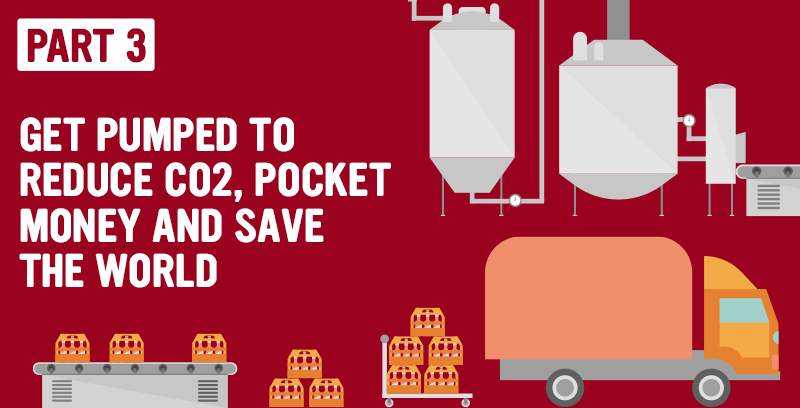
Tröegs Independent Brewing is a 25-year-old brewery located in Hershey, Pa., with roughly 250 employees. Last year, the brand sold 112,000 bbls of beer across nine states in the mid-Atlantic region. Critical to producing and packaging all of that beer is CO2. Tröegs uses CO2 in operations throughout the brewhouse, cellar, packaging hall and tap house. How important is CO2 to these operations? The brewery has been shutting down without it.
Tröegs had purchased CO2 from the same company for more than 20 years until that company was sold in early 2020. Tröegs now has a contract for bulk CO2 supply with a large, nationwide supplier. This supplier uses telemetry or telematics to monitor the CO2 level in its tank and delivers when the tank is low.
“Assuming they have product available,” said Andrew Dickson, production manager at Tröegs. “During plant or industry disruptions [learn about those shutdowns here], they declare a force majeure and put us on an allocation. The allocation generally comes nowhere close to meeting our CO2 needs, forcing us to shut down.”
To put this in perspective, Tröegs packages beer 24 hours a day, five days a week. This dire situation made Tröegs take a serious look at how it uses CO2 on site.
In this CO2 Shortage article, we’ll help you to take a similar look at your own brewery. Here, we’ll focus on conserving and reducing CO2 usage, building supplier relationships and ensuring purity in brewing operations.
Reducing brewery CO2 usage
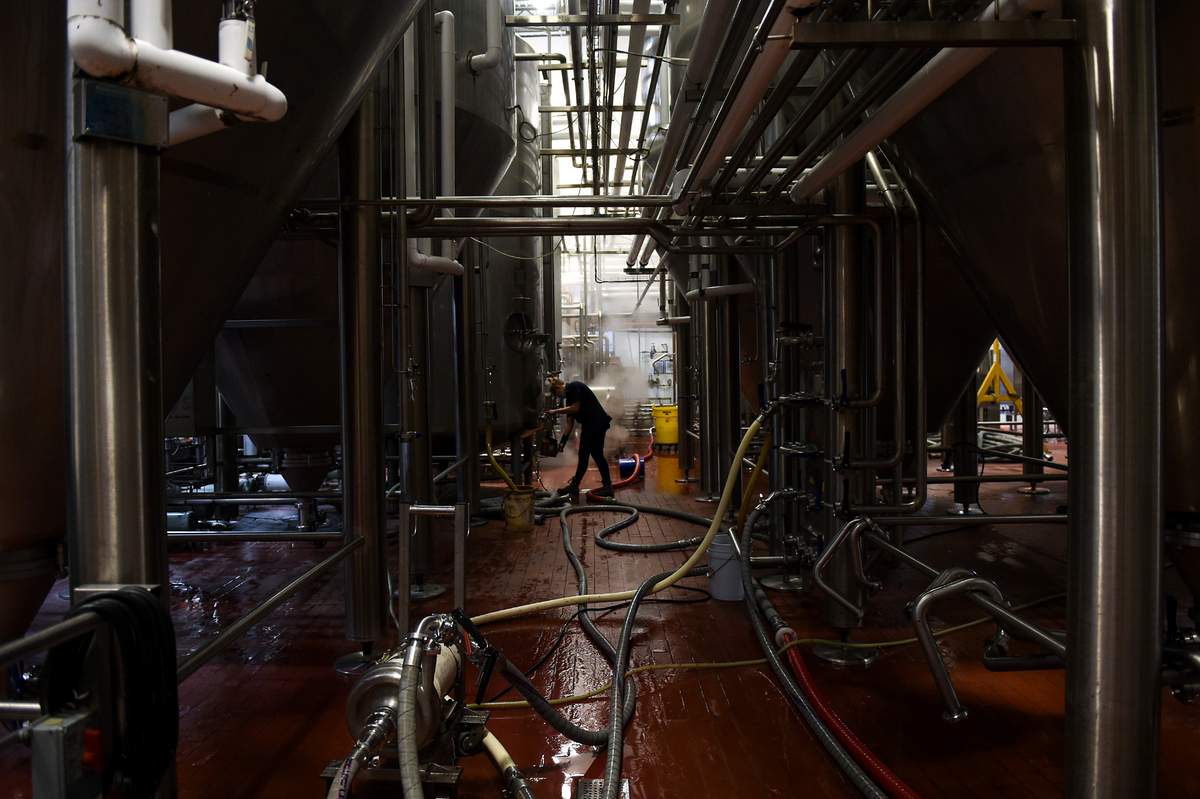
“We worked hard in late 2021 to reduce usage,” said Dickson. “We closely tracked what processes were using the most CO2 and focused on ways to cut usage without increasing the DO/TPO in the beer. Even with price increases — mostly in the form of surcharges — our dollars spent on CO2 compared to last year are down 12 percent.”
That’s very cool, but how exactly is that done?
First, gather info
In this webinar, Jason Perkins, brewmaster at Allagash Brewing Co., shows off his Brewery CO2 Usage Calculator, created in Excel, tracking weekly and annual CO2 usage info in areas like tank emptying, centrifuge, bottling line, bowl, purging and onward.
Tracking these high application areas will give brewers the data to control usage and determine how many pounds of CO2 are being used per barrel packaged. The Brewers Association has developed a Data Management and Benchmarking Tool for tracking utility performance.
Data will help brew crews benchmark operations, find high usage areas, create standard operating procedures (SOPs) and detect irregularities.
Find and address leaks
Leaks are costly and dangerous. Breweries can address leaks and losses in CO2 lines and storage by changing to hard lines instead of flexible tubing and clamps, which are more subject to leaks and friction loss. Might I suggest you conduct an ultrasonic leak audit on your various CO2 infrastructure. These are great for detecting gas leaks in noisy environments like the cellar or packaging hall.
Telltale signs of leaks include condensation or frost on cylinders and piping, according to this awesome article from the Brewers Association, which also suggests “installing a flow meter near your receiver or cylinder bank and isolate different brewery work zones to help narrow down leaks.” The BA’s “Guidelines for Economical Use of Carbon Dioxide in the Brewery” suggests:
- Check Connections: Ensure that connections at gas sources are tight and shut off when not in use
- Routine System Maintenance: Inspect hose connections and clamps and replace damaged rubber washers
- Identify and Repair Leaks: When necessary, apply soapy water or mild foaming sanitizer over connections to help visualize leaks
- Test Running and Idle Equipment: Seek out leaks both with equipment running as well as idle, as some equipment only receives CO2 under pressure when running
- Compressed Gas Audits: Audit companies can inspect your CO2 system in parallel with other compressed gas systems and can provide tips for optimizing performance. Some utilities may offset some of the costs associated with such audits.
That is great info, and I highly suggest you become a Brewers Association member — sign up right here.
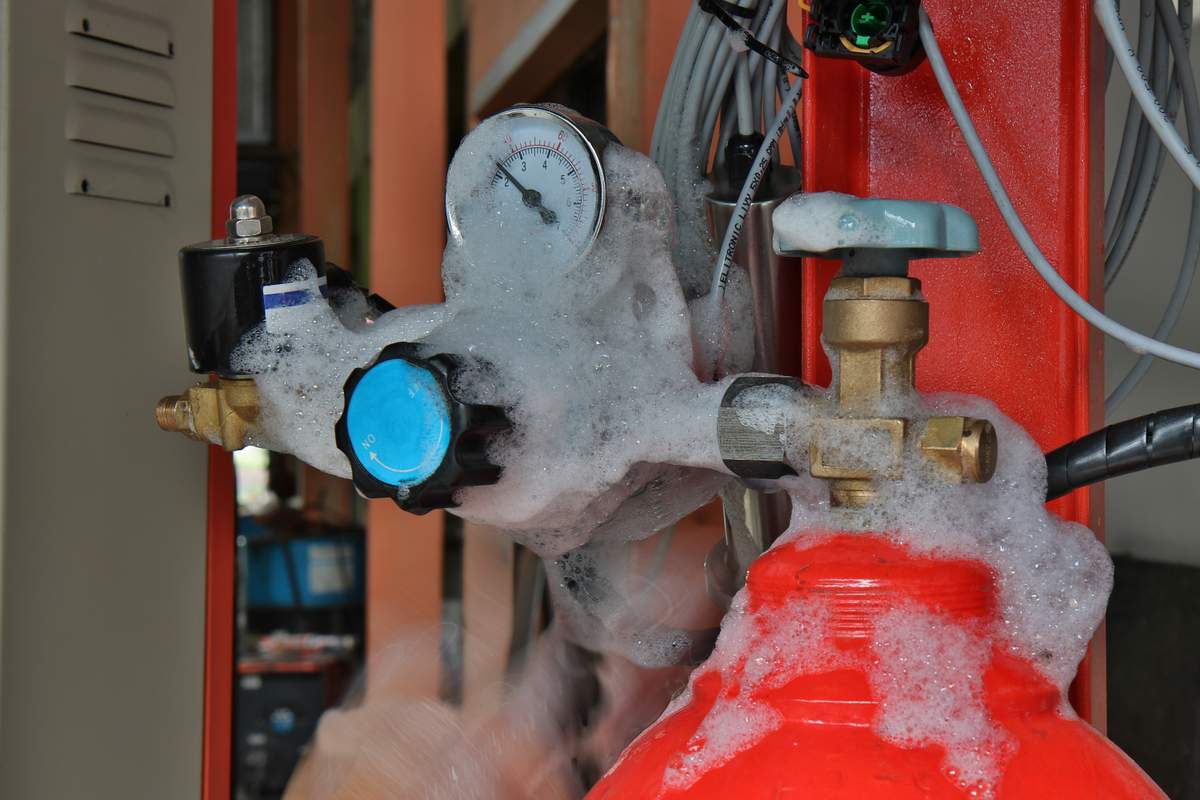
Using CO2 more efficiently in both the cellar and packaging processes
For a small-scale brewery, monitoring and measuring carbon dioxide usage during the various stages of the brewing process is crucial.
Most breweries use CO2 to purge oxygen from the headspace in vessels like the fermenter or brite tank. Many breweries will use a time-based method for purging, which can be a waste of CO2. A dissolved oxygen and/or carbon dioxide meter can provide real-time data to reduce purge time and CO2 use. These CboxQC and CboxQC At-Line units from Anton Paar are combined CO2 and O2 meters, which can take measurements directly from process lines, tanks and kegs during production and packaging.
Understanding the CO2 and O2 at every stage of the process will allow teams to not only optimize the amounts of CO2 needed to purge tanks and kegs and save money but also promote a safer work environment with less CO2. Tank purging often consumes more CO2 than any other cellar operation, so we suggest the low and slow method (5 psi of CO2 into the bottom of the tank).
Conserving CO2 may require upgrading vessels, cellar systems and processes
Jack’s Abby Craft Lagers uses a spunding valve (looks like this) on its tanks to capture CO2 for natural carbonation. When most of the sugars in the wort have been processed by the yeast, a spunding valve can be attached to a tank late in fermentation to control the release of CO2.
Of course, spunding presented its own challenges for Jack’s Abby when it came to dry hopping a tank that needed to stay pressurized. From its blog:
Dry hopping is the addition of dried hops to beer with the goal of imparting additional flavors and aromatics. Certain essential hop oils can boil off or be altered by our yeast earlier in the brew process, but we can reintroduce them via dry hopping. With the fermentation vessels now under pressure, we could no longer open them up to add dry hops or the beer would foam out! To solve this problem, we commissioned a small tank from our friends at Tig Pro Fabrication in Portland, ME. This tank would become our new dry hopping vessel, although we now use the term “slurry hopping” to more accurately describe the process (our brewers also affectionately call this process “slurming”). We hook the slurry hopper up to a fermentation tank, fill it with dried hops, vent the oxygen from it, and then fill it with beer — creating a “hop slurry”. We then push the slurry back into the tank, achieving the same effect as standard dry hopping while maintaining the natural carbonation we get from spunding. An additional benefit is that we no longer have to expose our beer to oxygen during dry hopping, reducing oxidation and further preserving flavors in the beer.
That all reduces CO2 usage. In that vein:
Optimizing your CIP/SIP strategy and chemical selection can reduce the need to completely blow off, purge and repressurize after every cleaning interval.
For instance, an acid clean under-pressure CIP procedure for brite beer tanks can conserve CO2 usage. From an article from the Colorado Brewers Guild:
Traditional bright tank and serving tank cleaning with sodium hydroxide (caustic) requires the brewer to vent C02 out of the vessel, in order to avoid neutralizing the caustic and creating a hazardous vacuum. The introduction of oxygen to the tank and the time required to heat, clean and purge and pressurize a bright tank can be minimized by utilizing an under-pressure CIP procedure. [Learn the whole procedure here]
Controlling the exact amount of CO2 as an ingredient is ultra-important
When it comes to carbonation, carbonation charts are a must-have tool to help manage temperature and target CO2 levels and thusly CO2 consumption. Craft brewers might use a carbonation or diffusion stone, typically found on a brite tank (looks like this), for better carbonation results. Bigger brewers will use inline carbonation, which is the process of dissolving CO2 in a liquid while it’s being pumped from one vessel to another (say fermentation to brite tank). Dig these ProCarb Inline Carbonation Systems, which promise time, money, energy and CO2 savings by providing exact liquid gasification and clarification results.
Packaging is another area where CO2 is used extensively. Canning lines use a lot of CO2. To prevent product oxidation, a huge volume of CO2 is used to purge oxygen from the headspace after filling the can and just before seaming. Are there ways to reduce this? Maybe. Apparently warming the CO2 feed stream can deliver savings, according to this Master Brewers Association of the Americas presentation from Yasunori Tanaka from the Kirin Brewery Co.:
“We successfully reduced CO2 usage by heating it in the supply line according to the combined gas law. As gas density is decreased by heating, the mass (weight) of CO2 could be reduced in the same gas flow volume as CO2 itself. CO2 temperature was controlled below the heat resistance of any parts of the supply line, thus we could construct this system only through the installment of a heating device. We also observed that headspace O2 became lower under high-temperature CO2 purging conditions. It is thought that headspace O2 also heated, and it seemed to be effective in reducing O2 density. None of the other concerns, such as odor, packaging duration, and seaming performance, were observed. This new method was able to reduce approximately 20% CO2 usage in the can seaming process without any changes in beer quality and packaging performance.”
In the bar and taproom, CO2 consumption should also be measured and tracked
Learning how to use a CO2 tank isn’t difficult but connecting the tank properly, understanding the regulator and setting the right pressure will be needed for both proper beer dispensing and conservation. Bulk carbonation systems might be safer, hassle-free and more efficient than high-pressure cylinders. By providing a continuous supply of beverage grade carbon dioxide, a bulk CO2 system takes the guesswork out of deciding when to order more carbon dioxide and swap out tanks.
CO2 PRO TIP: According to this “Energy Star Treasure Map for Microbreweries,” conserve both energy and CO2 by better controlling your CO2 exhaust fans, such as cellar fans, using CO2 level controlled VSD motors on the fans.
Working with CO2 wholesalers
These are all great tips for the brewhouse, but conservation and surety of supply also includes your CO2 wholesaler. In this Brewers Association webinar on the subject, Walker Modic, sustainability specialist at Bell’s Brewery, suggests reaching out to your CO2 supplier to get good answers to this set of questions:
- Where is your brewery’s primary source of CO2 produced physically?
- How far away are you from your primary source of CO2?
- In an emergency, how long would it take to deliver CO2 to you?
- How is CO2 produced at that facility?
- How many tons of CO2 are captured at the facility that procures your brewery’s primary supply?
- In the event of an interruption, where are other suppliers that can provide you with CO2? Ask for two options. And then same as above, where are those located, what are the means of production and how much is produced there?
- What is the total tonnage of CO2 under contract with your current supplier within 250 miles of your location? 250 miles is a bit of make-or-break point for transport by trucks, so anything outside that distance will affect price.
- What QA/QC procedures are in place to ensure quality from production to transport to delivery?
These questions are an excellent way to get your arms around your local supply chain and begin to put plans in place when shortages do happen. For instance, if your CO2 supplier gets its product from ammonia production, expect shutdowns from April to July (read about why that happens here). If your primary source of CO2 only produces 5 tons of CO2 each month and you need 4 tons every month, that might be a problem. Plan accordingly.
“To some degree, I think that vetting supplier relationships follows some of the same lines as when we’re talking with a new brewing partner — looking solely for the lowest price sometimes doesn’t serve you in the long run,” said Max McKenna, senior marketing manager at Boston-based Dorchester Brewing Co. “It’s much more about sourcing partners and suppliers with integrity, great communication and who care for the quality and success of us and our business.”
According to MadTree Brewing Co., based in Cincinnati, Ohio:
“Picking the right supplier comes down to consistency, delivery, quality and pricing,” said Michael Meade, brewing operations director at MadTree Brewing. “My advice would be transparency on your operation and where you forecast your supply to be over the next few years. Natural gases are crucial to any brewing, packaging or serving operation and must be forecasted accordingly.
“Staying up to date on current events and asking for feedback is always great practice too. Understanding where your suppliers stand and their availability to stay in good standing with your contract and needs of the facility. Can the supplier support your scale of operation, and how do they work in a proactive state so your operation can function? We look at best practices and suppliers throughout the region and make sure that their expectations on support and delivery match our business standard.”
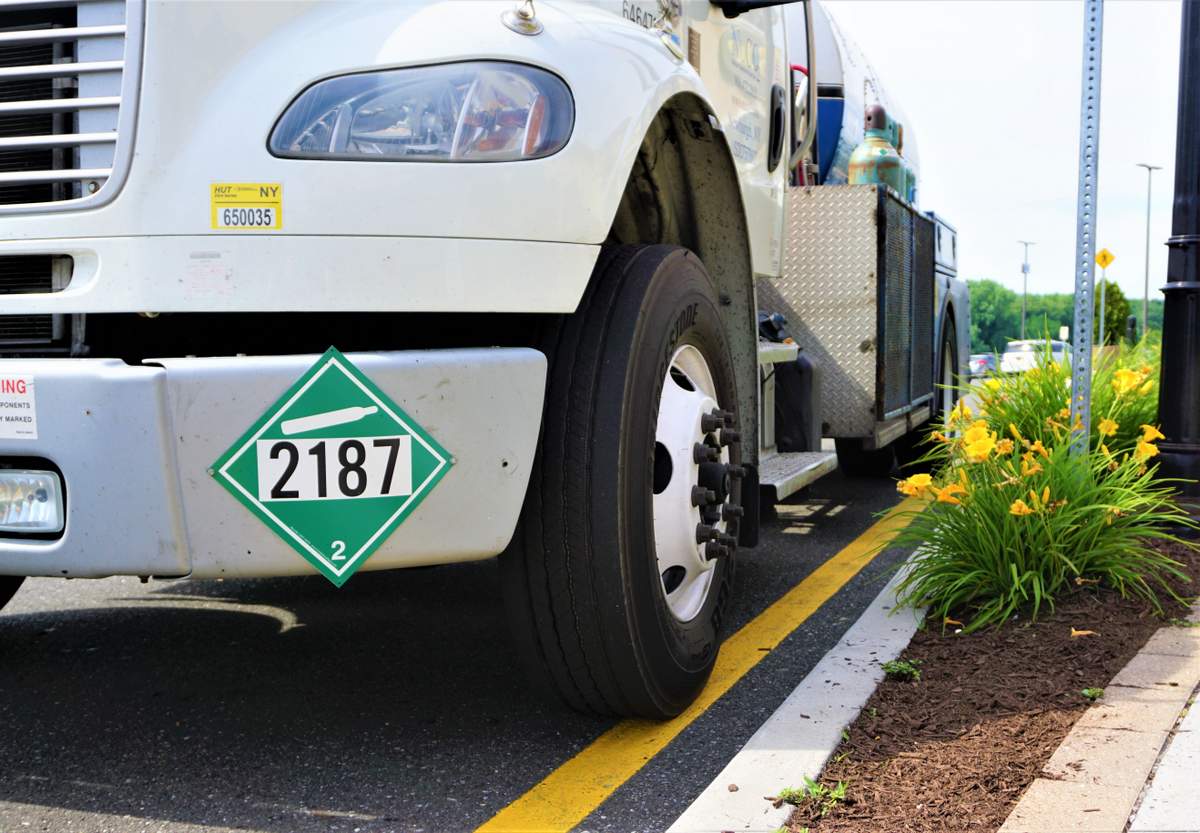
Photo credit: Heather Mcardle.
CO2 quality is also imperative
As detailed in part 1 of this series, beverage-grade CO2 comes from a variety of sources, which means it is prone to a variety of containments. If brewers do not get the right grade or don’t handle CO2 properly in the brewhouse or in storage, it can affect the beer. There are typically two grades of CO2 that the Brewers Association recommends for carbonated beverages — ISBT Purity Grade (“beverage grade”) CO2 or food grade CO2.
In this webinar, Sierra Nevada Brewing Co. Founder Ken Grossman highly recommends getting beverage grade CO2 and notes that even beverage grade CO2 might come with too much oxygen or impurities for his liking. So, it’s essential to also ask your supplier about the oxygen content of your CO2.
Purity practices might involve understanding how your driver delivers the CO2 and hooks up the hose to your tank; those hoses should be purged. Suppliers should have a certificate of analysis to document purity specs.
Instruments are also available to measure levels of things like oxygen in CO2, and filtration systems or polishing filters can specifically process and purify CO2 to your standards.
“Our CO2 recovery system actually aids in filtering out impurities and contaminants from CO2 brought in through our fermentation process,” explained Kim Brisson-Lutz, VP of operations at Maui Brewing Co. “As for our supplied CO2, we have filtration in-line for every drop in the brewery, and we also have equipment to measure the purity of CO2 as needed — gaseous O2 sensor or Zahm and Nagel’s CO2 Purity tester. A brewery that doesn’t have equipment, can also do a simple and quick test of bubbling CO2 into their filtered water then performing sensory analysis — taste and smell.”
This is all good advice — and here are some guidelines on CO2 purity — but it doesn’t stop there. Many breweries, like Maui Brewing, are taking CO2 conservation to a new level but either a) using a CO2 recapturing system or b) nitrogen as an alternative. Let’s take a look at those systems in the next edition of The CO2 Shortage.
Click here to see other CO2 Shortage articles.
The Last Word: Maintaining keg CO2 pressure after tapping
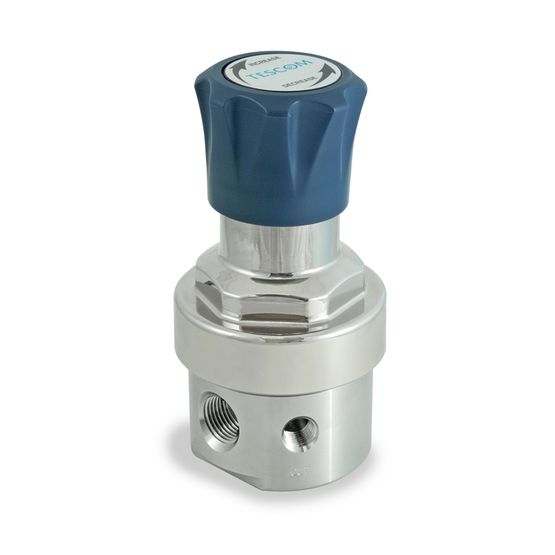
Carbon dioxide is a byproduct of fermentation, when the yeast in beer converts wort into alcohol and CO2. While CO2 is also used in producing beer, it’s integral in maintaining the pressure and carbonation of beer stored in kegs while it’s dispensed. When stored in cans or bottles, the closed can or bottle pressurizes the beer to prevent it from becoming flat.
The same principle applies when a keg is initially filled before it’s tapped. However, once a keg is tapped and the beer is served, the pressure in the keg decreases each time beer leaves the keg to fill a glass. Because of this, breweries and bars must maintain the right keg pressure. Too little pressure leads to low carbonation, reducing the number of aroma-trapping air bubbles, which can ruin the entire batch. Too much pressure over-carbonates the beer, making it difficult to serve properly.
Maintaining the right carbonation level is particularly important in craft beers, as the carbonation of the beer is an important characteristic that gives each craft brew its uniqueness. In addition, it’s essential for the batch to keep the unique carbonation level consistent throughout the life of the keg.
To maintain a keg’s supplemental CO2 pressure, Emerson offers the TESCOM SG3 Series Single-Stage Regulator. When connected to a pressurized CO2 supply, the regulator delivers constant pressure to the keg. As the beer is served and more CO2 is needed to maintain the pressure, the SG3 maintains a constant downstream pressure in the keg. It’s another great way to save CO2.
This edition of The Last Word came from Rob Lindquist, director of global marketing at Emerson.

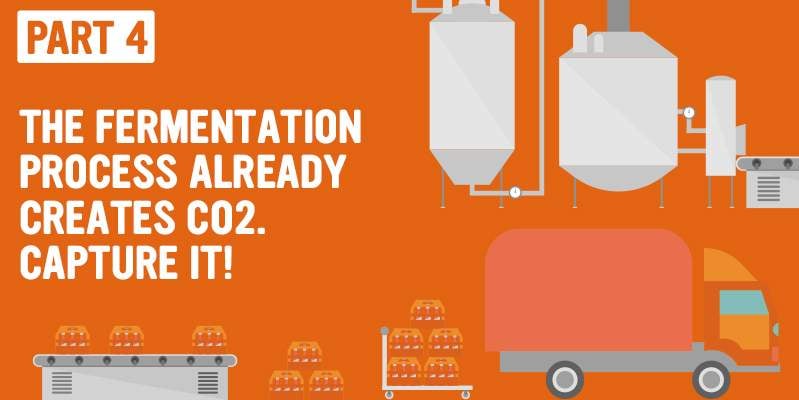
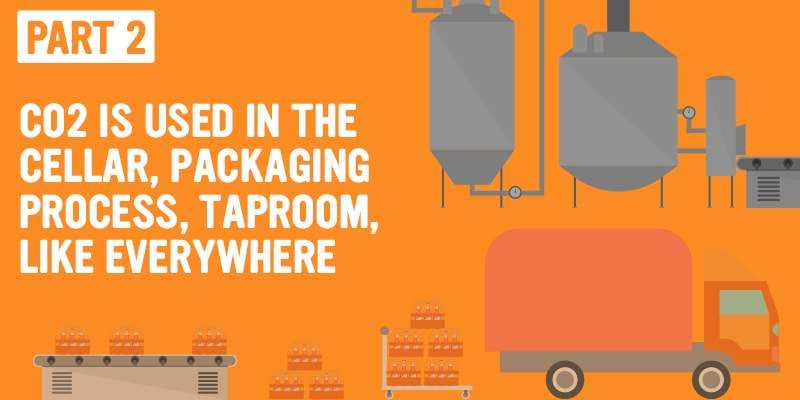
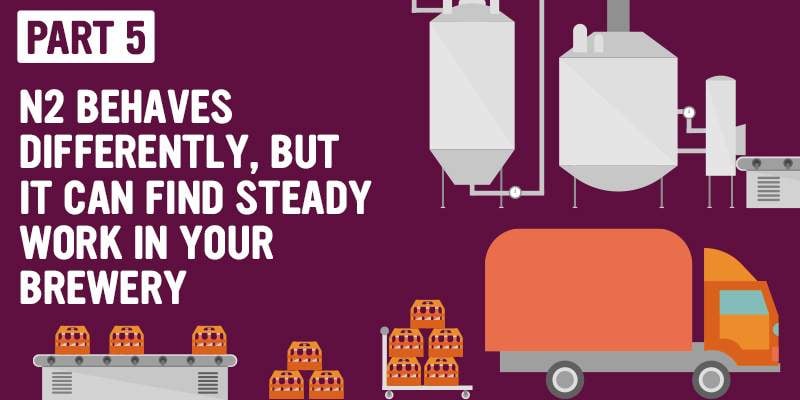
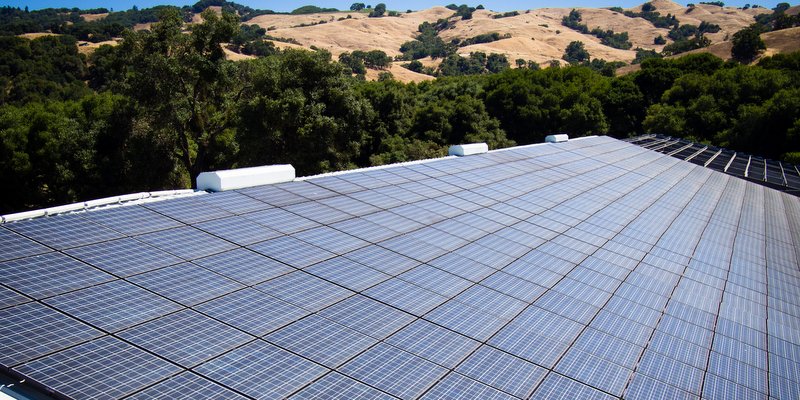
Leave a Reply
You must be logged in to post a comment.